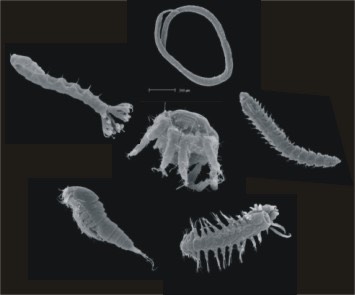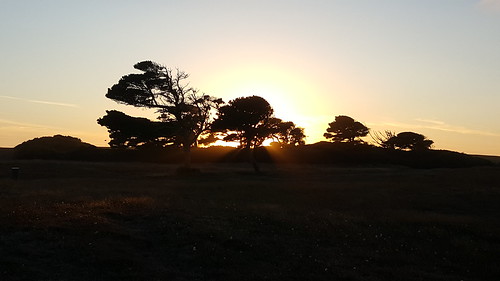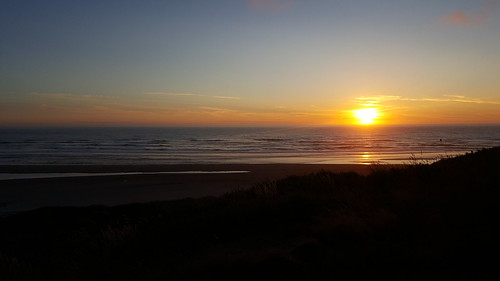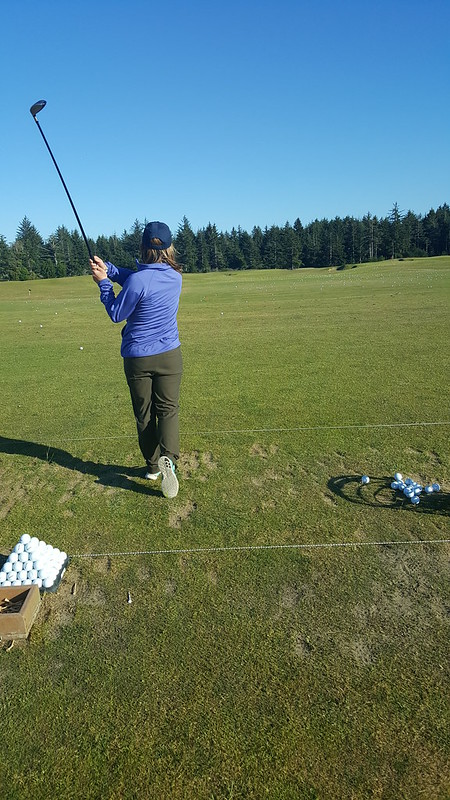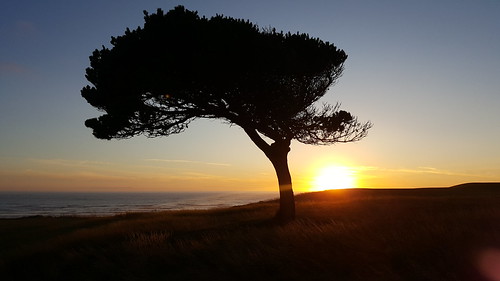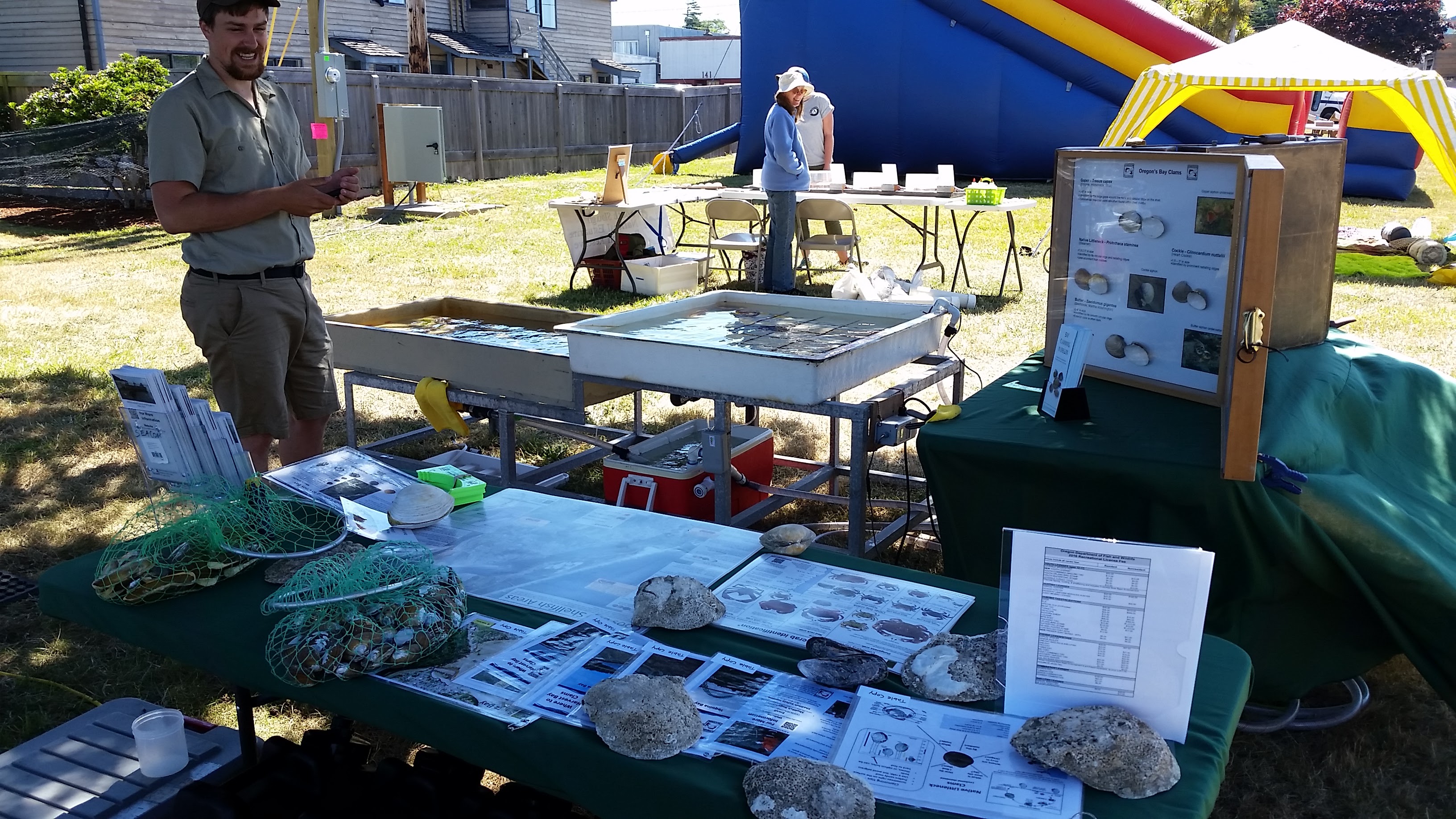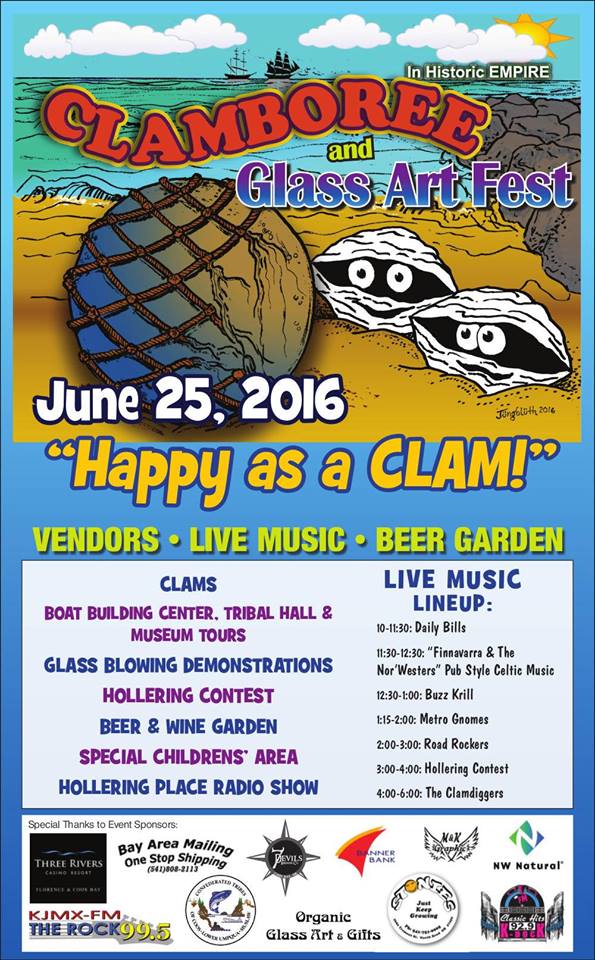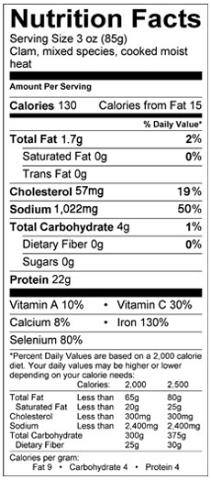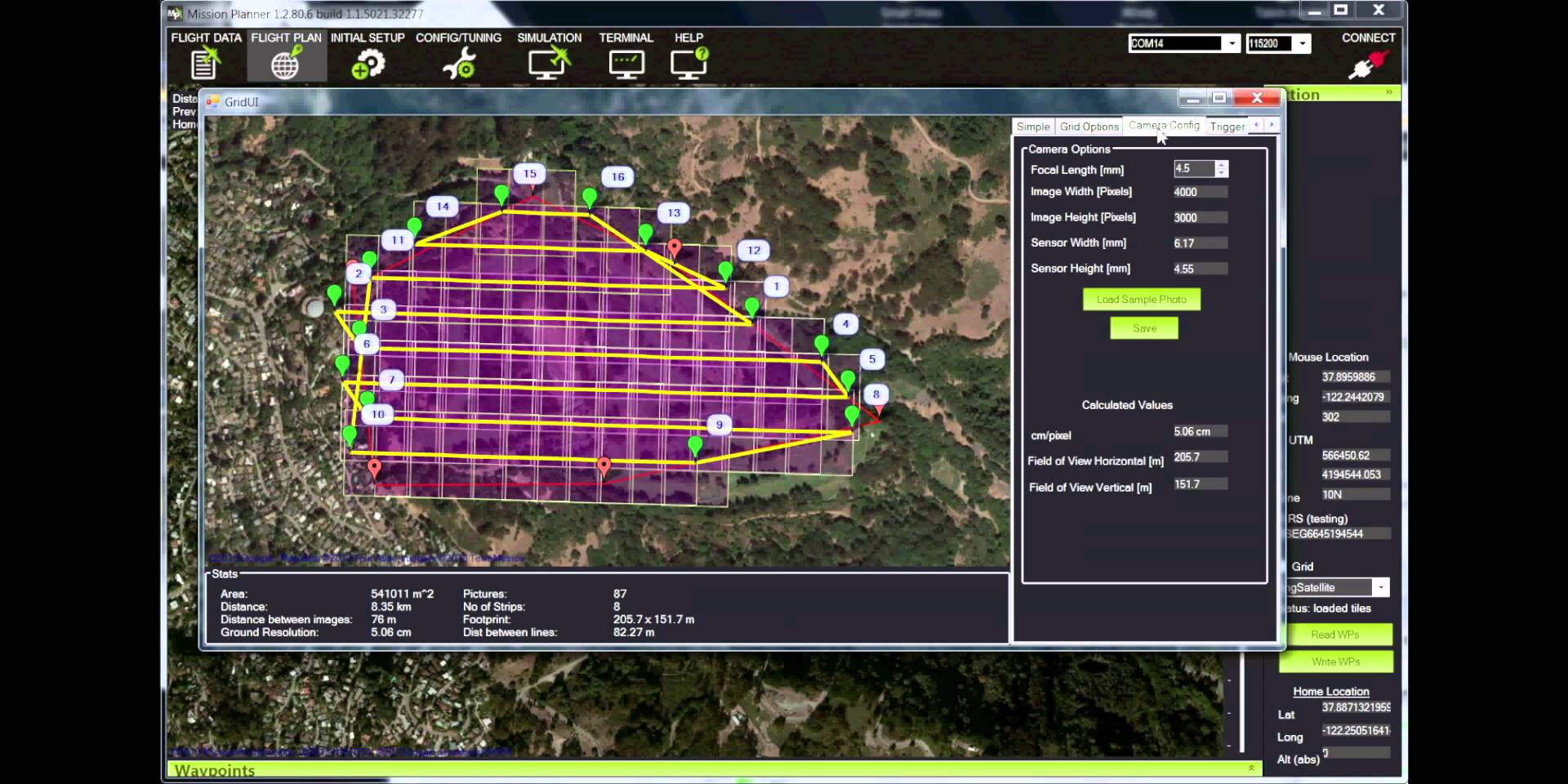Despite being a short week for 4th of July weekend this week was full of activity.

Morning at the Cascade Head marine reserve
Tuesday, I helped with a fellow intern with his sea star survey. We went out to the tide pools at Cascade Head and measured all of the sea stars we could find and checked them for signs of wasting. Wasting disease has decimated sea star populations all along the pacific coast. Scientists are curious to see if populations are recovering this year and how the juvenile recruits are faring. We searched on hands and knees in every nook and crevasse and found some juveniles on the scale of millimeters as well as many larger adults.
Sea stars were not the only thing we found. The tide pools at Cascade Head are some of the best I have ever seen. We found a tiny octopus, a school of rockfish and my personal favorite, opalescent nudibranchs!

Opalescent Nudibranch
The word nudibranch translates to naked-gill. This describes the tentacle-like structures, or cerata, found all over their bodies that are used for breathing, digestion and defense. Nudibranchs prey on many stinging organisms including the venomous Portuguese-Man-O-War. They can take the toxins from their prey and incorporate them into their cerata to use for their own defense.
The rest of the week was spent reading papers, CBRAT project meetings and attending an interesting seminar given by Dr. Burke Hales about the effects of ocean acidification on oyster larvae in Willapa Bay, WA.
The weekend came with unpredictable coastal weather. Saturday we managed to find a rain free window in the afternoon for some browsing at the weekly Newport farmer’s market and hiking at Beaver Creek state park. A benefit of the rainy weekend was all of the wildlife we found out on the trail.

Garter snake at Beaver Creek state park
We caught a garter snake lounging on a blackberry vine, a newt making his way through a pile of soggy leaves and a few quarter-sized frogs. The clouds may have obscured most of the viewpoints but we made up for that with many berry stops to sample the thimbleberry and not-quite-ripe blackberries lining the trail. We were clearly not the only ones enjoying the berries, every few yards we came tracks and scat from bear, deer and elk. Unfortunately, all of the mammals managed to hide from us, we didn’t end up spotting any bears. Maybe next time!


